About This E-Book
Title Page
Copyright Page
Dedication Page
Contents
Foreword
Preface
Acknowledgments
About the Author
Chapter 1. Introduction
1.1 Motivation
1.2 Design Principles
1.2.1 Everything Is an Object
1.2.2 Program to an Interface, not an Implementation
1.2.3 Types in the Service of the Programmer
1.3 Constraints
1.4 Overview
1.5 Book Structure
1.6 Related Work and Influences
Chapter 2. Objects, Interfaces, Classes and Mixins
2.1 Accessors
2.2 Instance Variables
2.3 Class Variables
2.4 Finals
2.5 Identity and Equality
2.6 Class and Superclass
2.7 Abstract Methods and Classes
2.8 Interfaces
2.9 Life of an Object
2.9.1 Redirecting Constructors
2.9.2 Factories
2.10 noSuchMethod()
2.11 Constant Objects and Fields
2.12 Class Methods
2.13 Instances, Their Classes and Metaclasses
2.14 Object and Its Methods
2.15 Mixins
2.15.1 Example: The Expression Problem
2.16 Related Work
2.17 Summary
Chapter 3. Libraries
3.1 The Top Level
3.2 Scripts
3.3 Privacy
3.4 Imports
3.5 Breaking Libraries into Parts
3.6 Exports
3.7 Diamond Imports
3.8 Deferred Loading
3.9 Related Work
3.10 Summary
Chapter 4. Functions
4.1 Parameters
4.1.1 Positional Parameters
4.1.2 Named Parameters
4.2 Function Bodies
4.3 Function Declarations
4.4 Closures
4.5 Invoking Methods and Functions
4.5.1 Cascades
4.5.2 Assignment
4.5.3 Using Operators
4.6 The Function Class
4.6.1 Emulating Functions
4.7 Functions as Objects
4.8 Generator Functions
4.8.1 Iterators and Iterables
4.8.2 Synchronous Generators
4.9 Related Work
4.10 Summary
Chapter 5. Types
5.1 Optional Typing
5.2 A Tour of Types
5.3 Interface Types
5.4 Types in Action: The Expression Problem, Typed
5.5 Generics
5.5.1 The Expression Problem with Generics
5.6 Function Types
5.6.1 Optional Positional Parameters
5.6.2 Named Parameters
5.6.3 Call() Revisited
5.7 Type Reification
5.7.1 Type Tests
5.7.2 Type Casts
5.7.3 Checked Mode
5.7.4 Reified Generics
5.7.5 Reification and Optional Typing
5.7.6 Types and Proxies
5.8 Malformed Types
5.9 Unsoundness
5.10 Related Work
5.11 Summary
Chapter 6. Expressions and Statements
6.1 Expressions
6.1.1 Literals
6.1.2 Identifiers
6.1.3 this
6.1.4 Constants
6.1.5 Creating Objects
6.1.6 Assignment
6.1.7 Extracting Properties
6.1.8 Method Access
6.1.9 Using Operators
6.1.10 Throw
6.1.11 Conditionals
6.2 Statements
6.2.1 Blocks
6.2.2 If
6.2.3 Loops
6.2.4 Try-Catch
6.2.5 Rethrow
6.2.6 Switch
6.2.7 Assert
6.2.8 Return
6.2.9 Yield and Yield-Each
6.2.10 Labels
6.2.11 Break and Continue
6.3 Summary
Chapter 7. Reflection
7.1 Introspection
7.1.1 Implications for Speed and Size
7.1.2 Example: Proxies
7.1.3 Example: Serialization
7.1.4 Example: Parser Combinators
7.2 Why Mirrors
7.3 Metadata
7.4 Reflection via Code Generation
7.5 Beyond Introspection
7.6 Related Work
7.7 Summary
Chapter 8. Asynchrony and Isolates
8.1 Asynchrony
8.2 Futures
8.2.1 Consuming Futures
8.2.2 Producing Futures
8.2.3 Scheduling
8.3 Streams
8.4 Isolates
8.4.1 Ports
8.4.2 Spawning
8.4.3 Security
8.5 Example: Client-Server Communication
8.5.1 Promise: A Brighter Future
8.5.2 Isolates as Distributed Objects
8.6 Asynchronous Functions
8.6.1 Await
8.6.2 Asynchronous Generators
8.6.3 Await-For loops
8.7 Related Work
8.8 Summary
Chapter 9. Conclusion
9.1 Optional Typing
9.2 Object Orientation
9.3 Reflection
9.4 Tooling
9.5 Summary
Bibliography
Index
Code Snippets
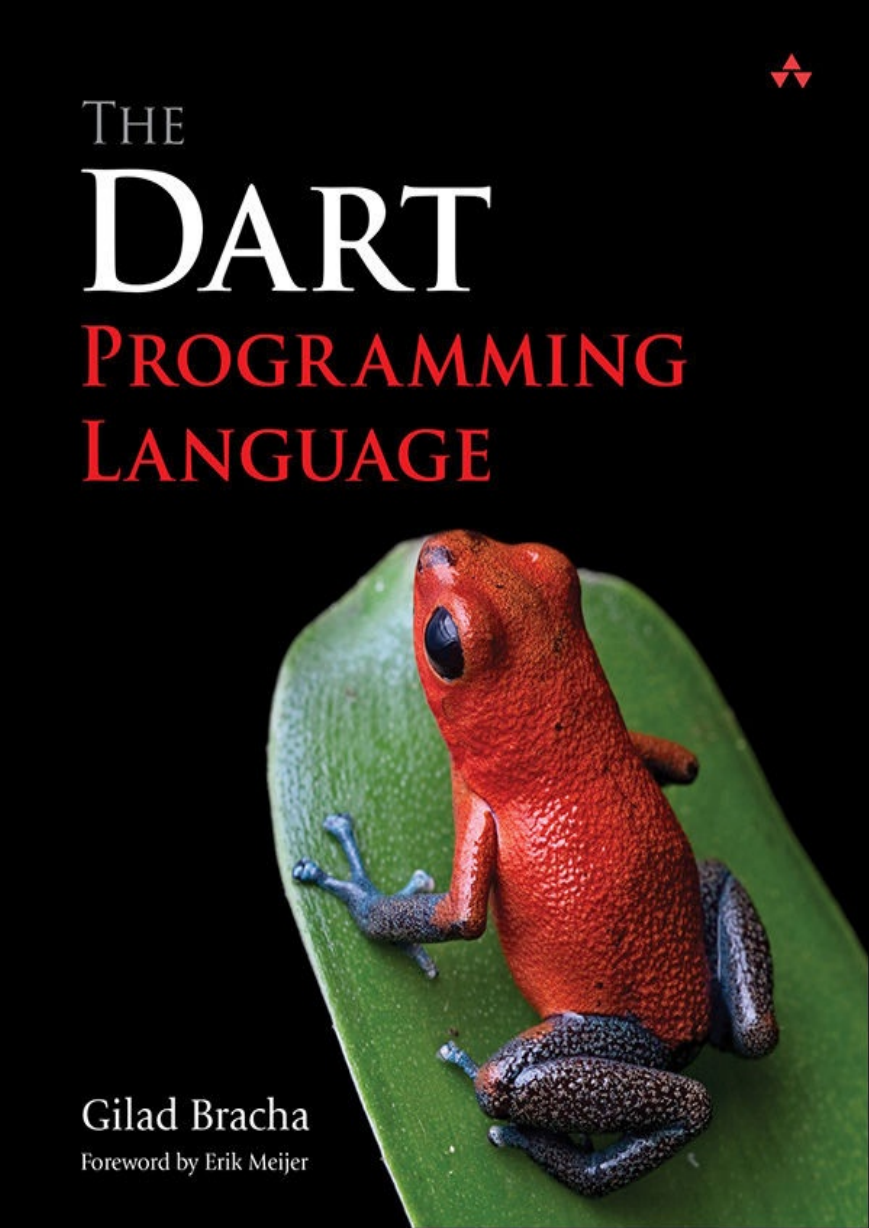
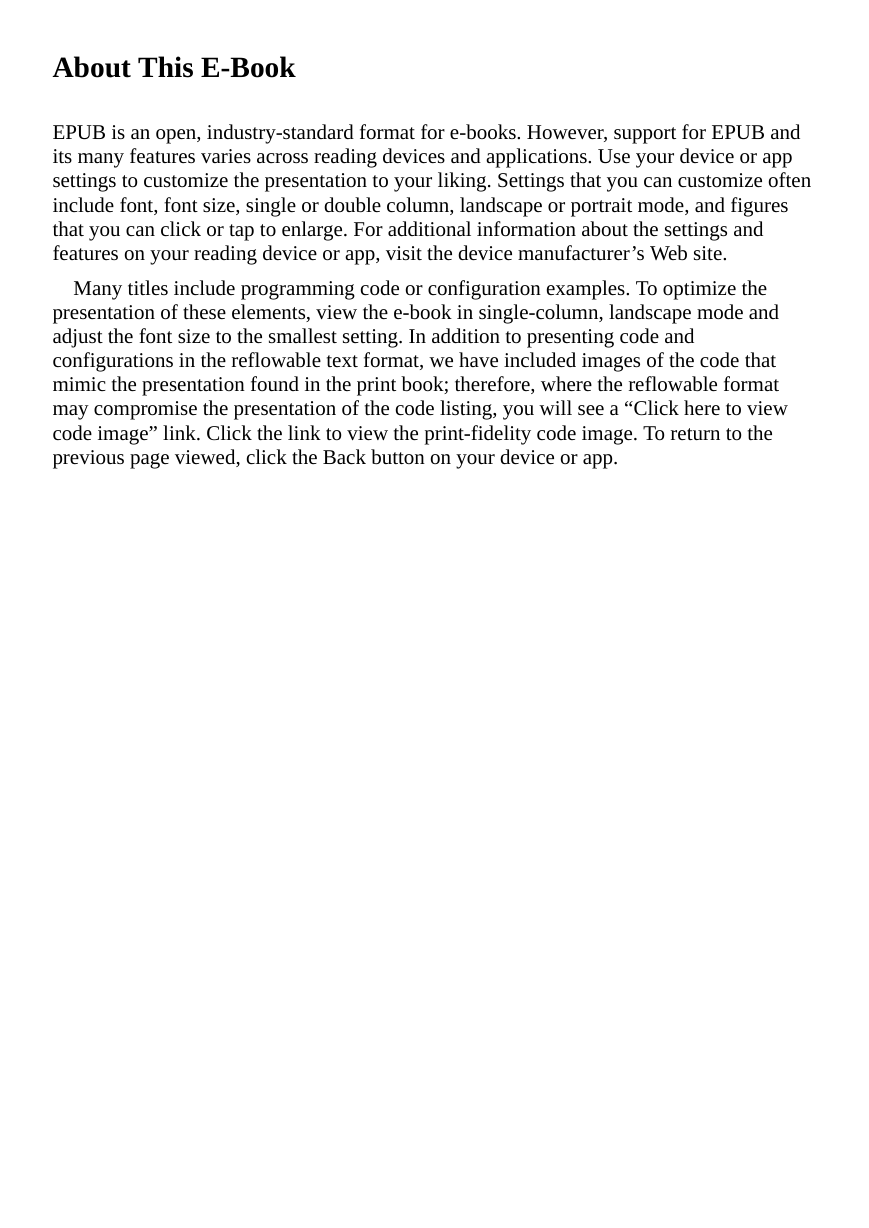

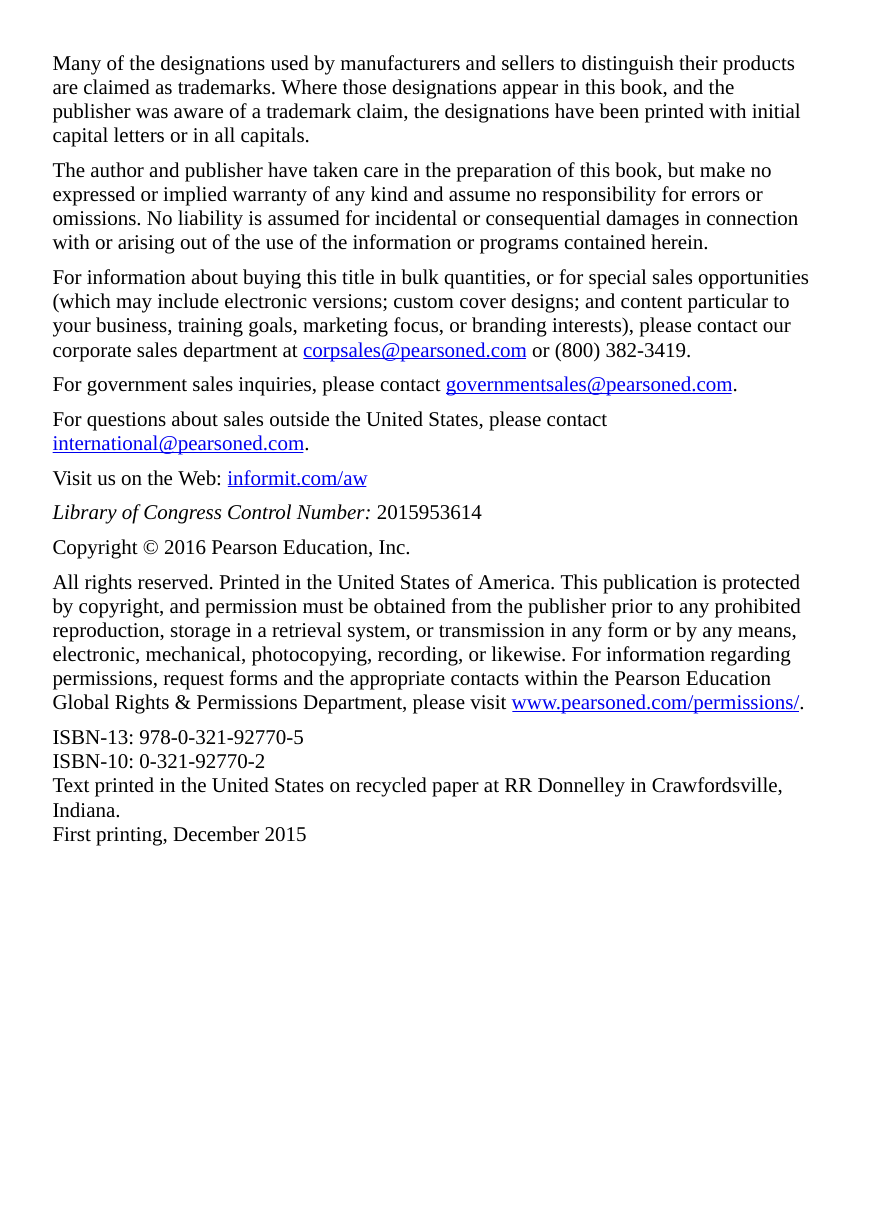

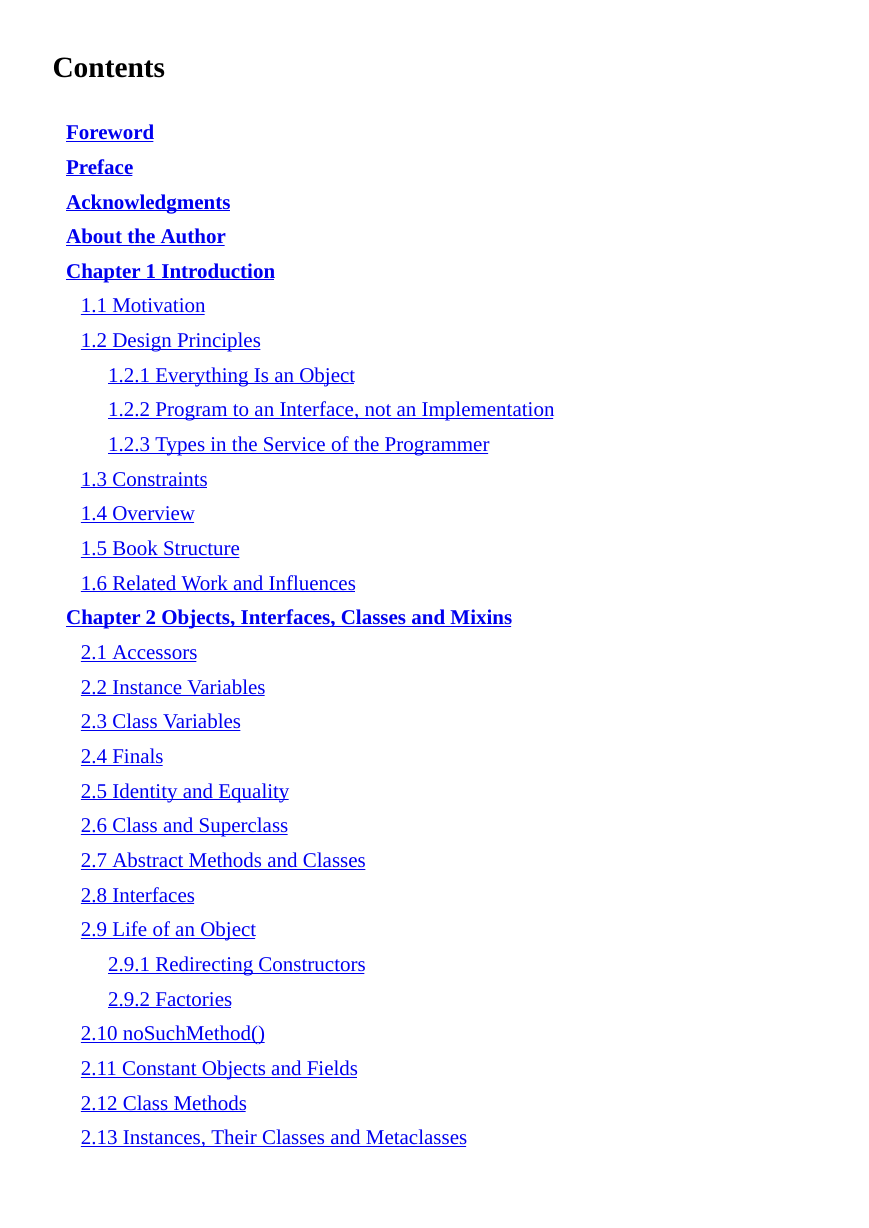
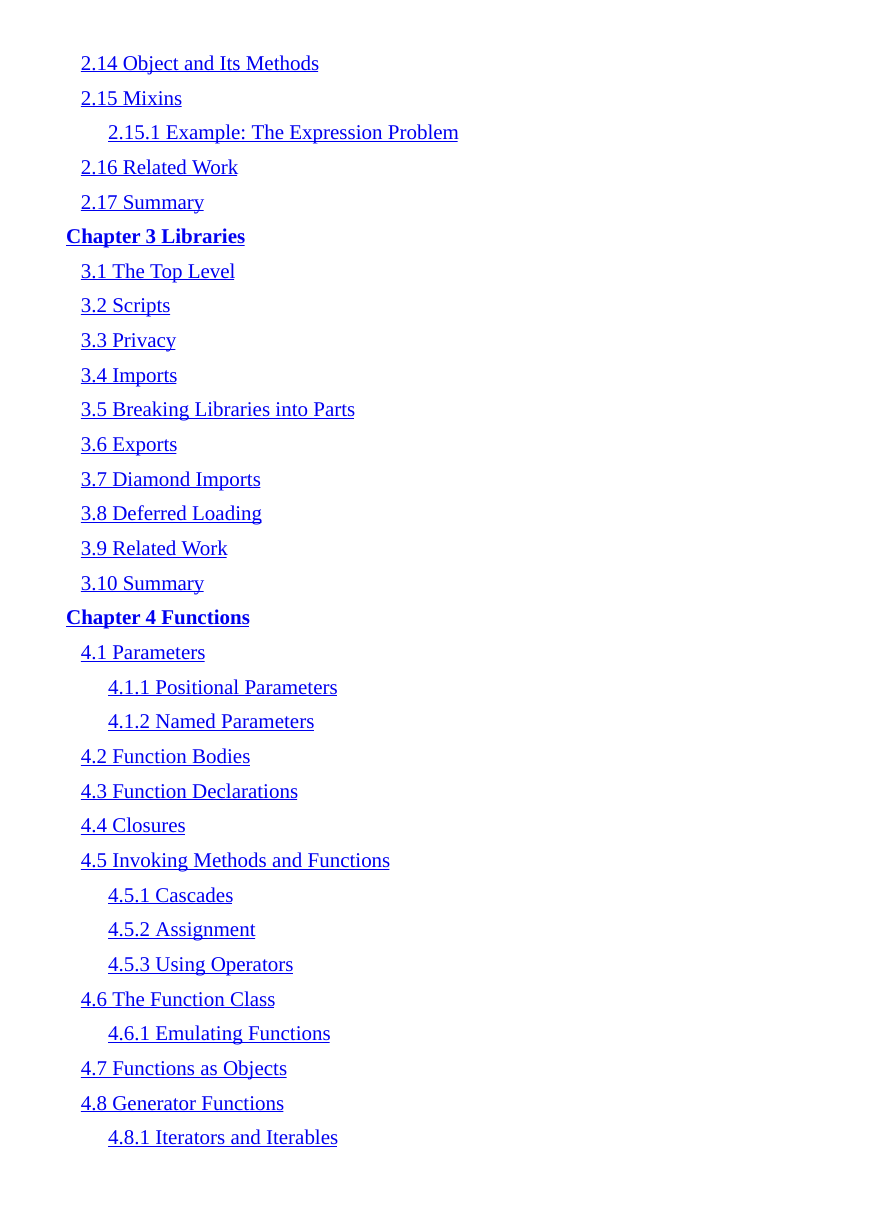
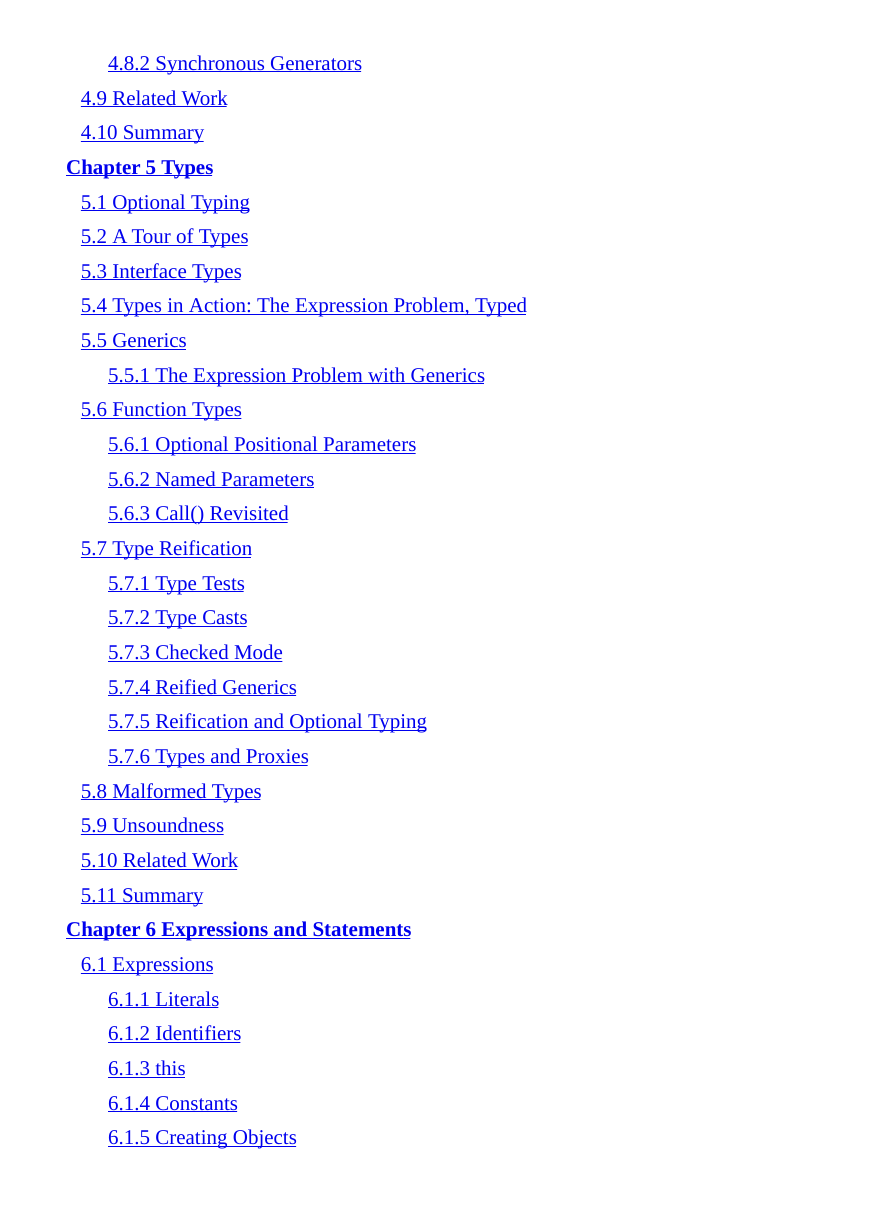








 2023年江西萍乡中考道德与法治真题及答案.doc
2023年江西萍乡中考道德与法治真题及答案.doc 2012年重庆南川中考生物真题及答案.doc
2012年重庆南川中考生物真题及答案.doc 2013年江西师范大学地理学综合及文艺理论基础考研真题.doc
2013年江西师范大学地理学综合及文艺理论基础考研真题.doc 2020年四川甘孜小升初语文真题及答案I卷.doc
2020年四川甘孜小升初语文真题及答案I卷.doc 2020年注册岩土工程师专业基础考试真题及答案.doc
2020年注册岩土工程师专业基础考试真题及答案.doc 2023-2024学年福建省厦门市九年级上学期数学月考试题及答案.doc
2023-2024学年福建省厦门市九年级上学期数学月考试题及答案.doc 2021-2022学年辽宁省沈阳市大东区九年级上学期语文期末试题及答案.doc
2021-2022学年辽宁省沈阳市大东区九年级上学期语文期末试题及答案.doc 2022-2023学年北京东城区初三第一学期物理期末试卷及答案.doc
2022-2023学年北京东城区初三第一学期物理期末试卷及答案.doc 2018上半年江西教师资格初中地理学科知识与教学能力真题及答案.doc
2018上半年江西教师资格初中地理学科知识与教学能力真题及答案.doc 2012年河北国家公务员申论考试真题及答案-省级.doc
2012年河北国家公务员申论考试真题及答案-省级.doc 2020-2021学年江苏省扬州市江都区邵樊片九年级上学期数学第一次质量检测试题及答案.doc
2020-2021学年江苏省扬州市江都区邵樊片九年级上学期数学第一次质量检测试题及答案.doc 2022下半年黑龙江教师资格证中学综合素质真题及答案.doc
2022下半年黑龙江教师资格证中学综合素质真题及答案.doc